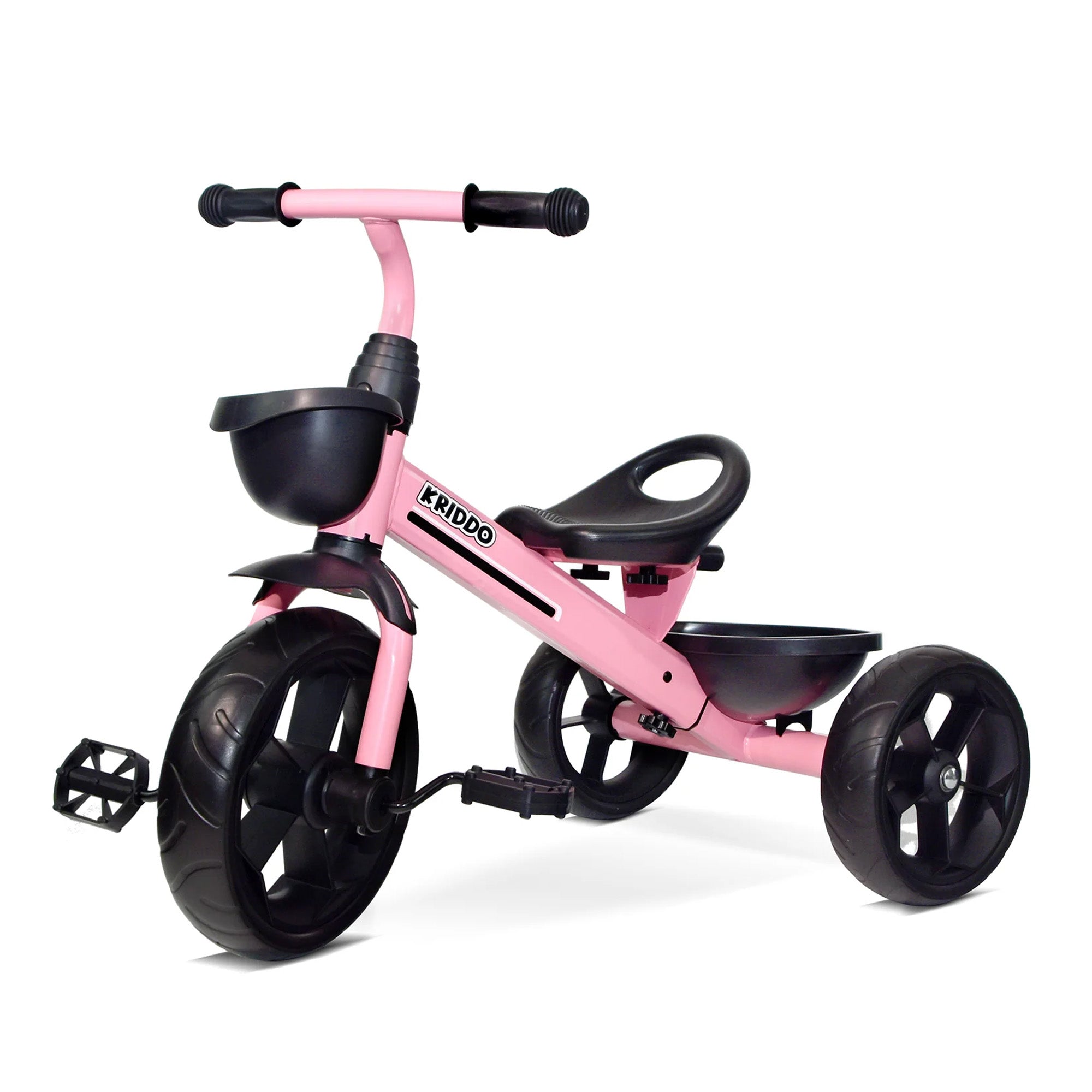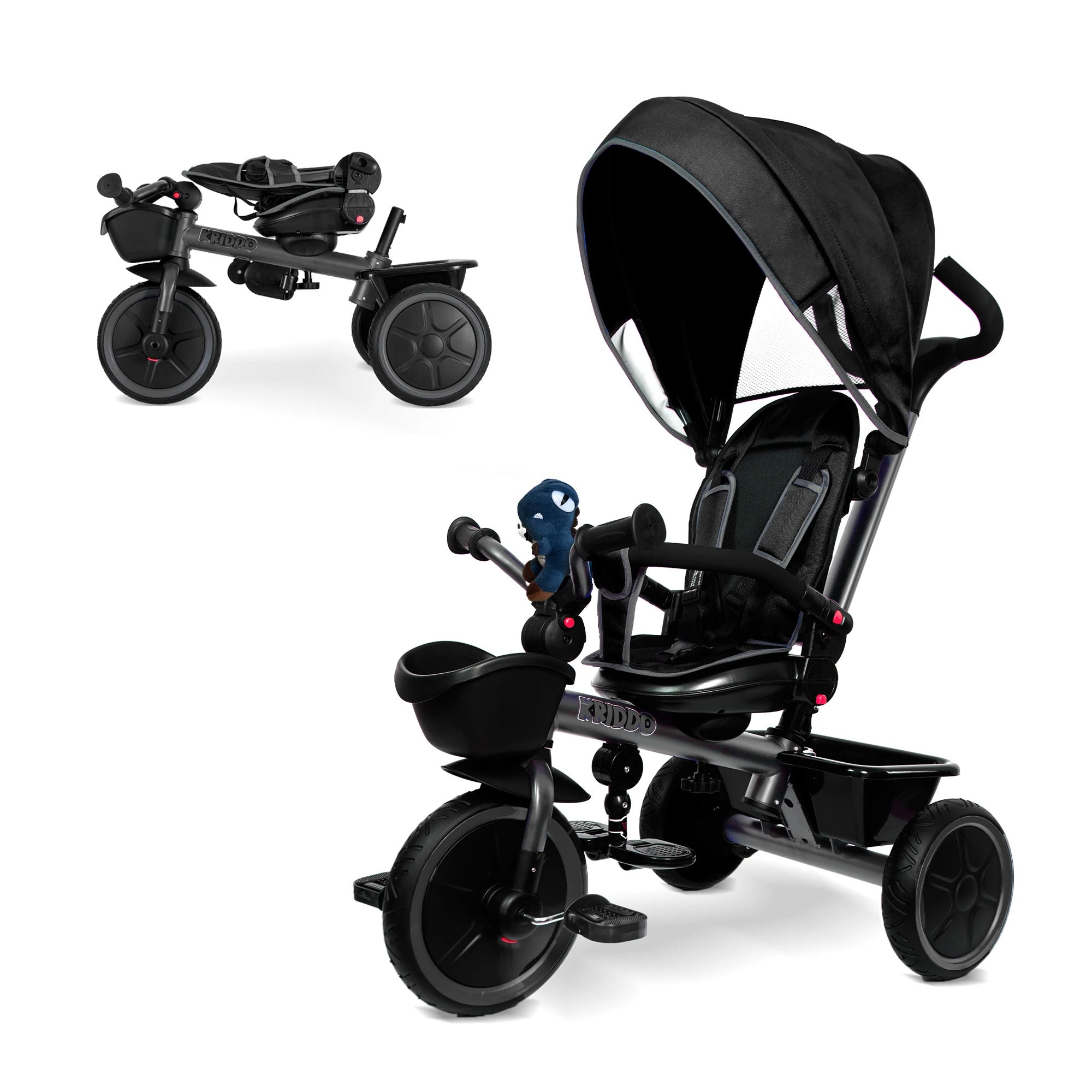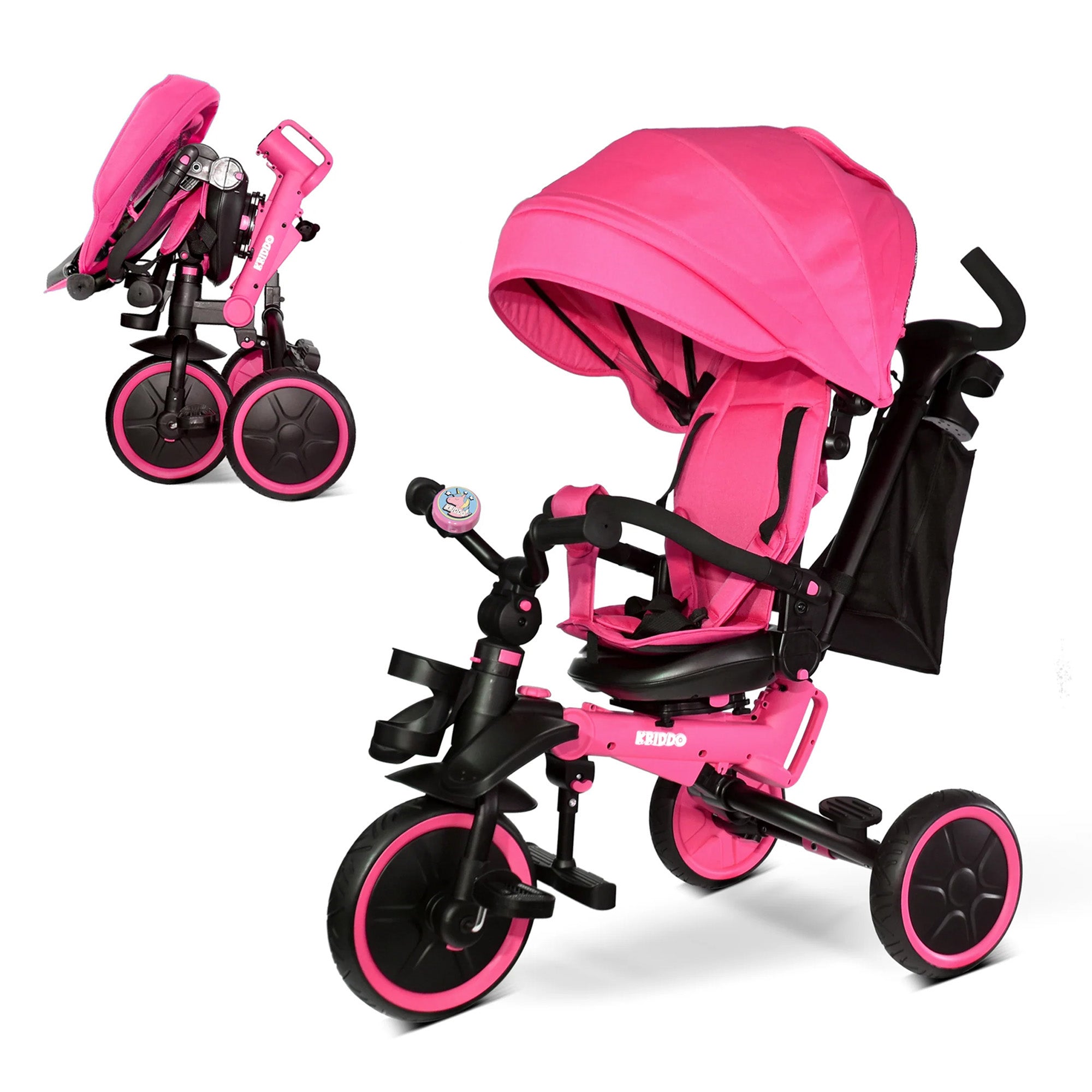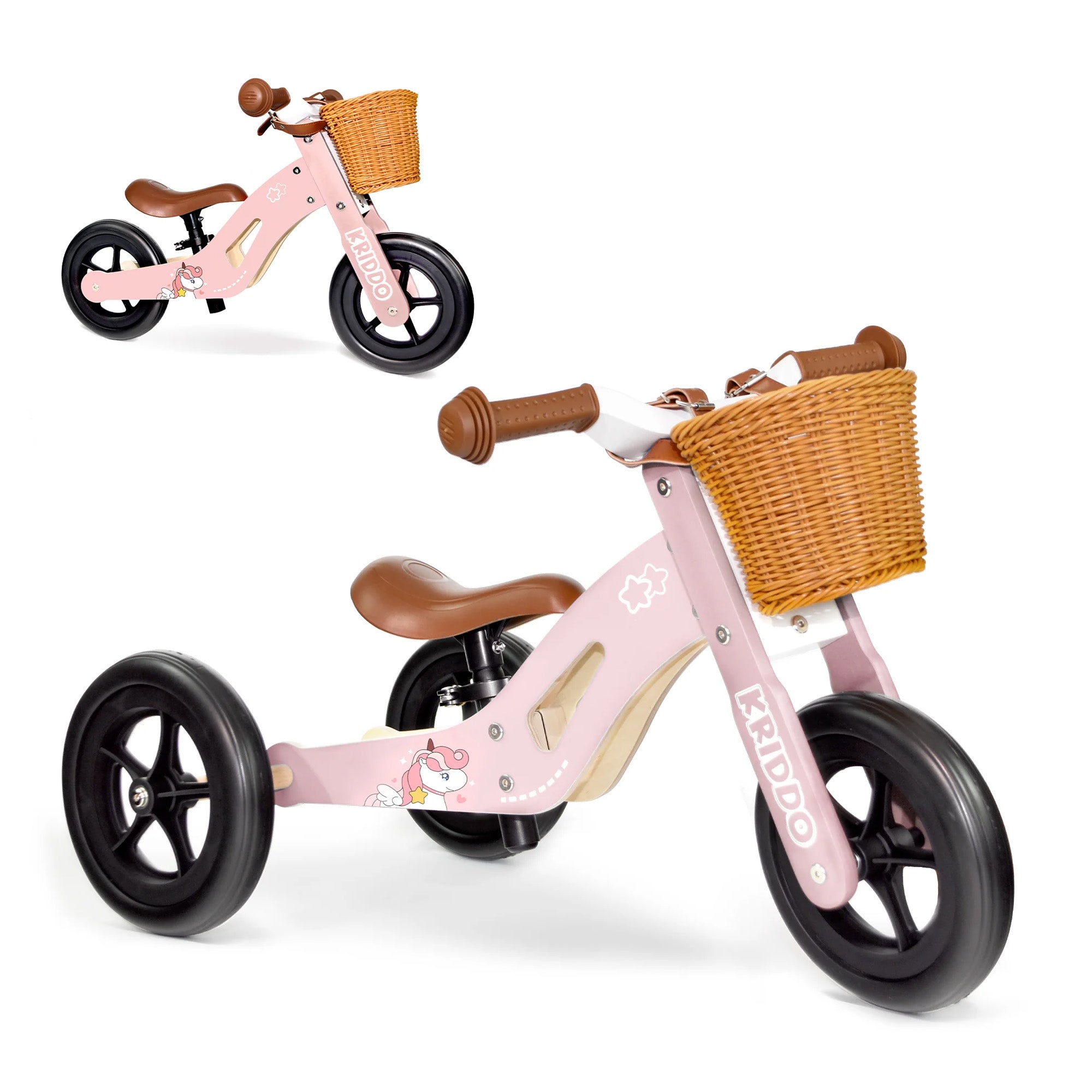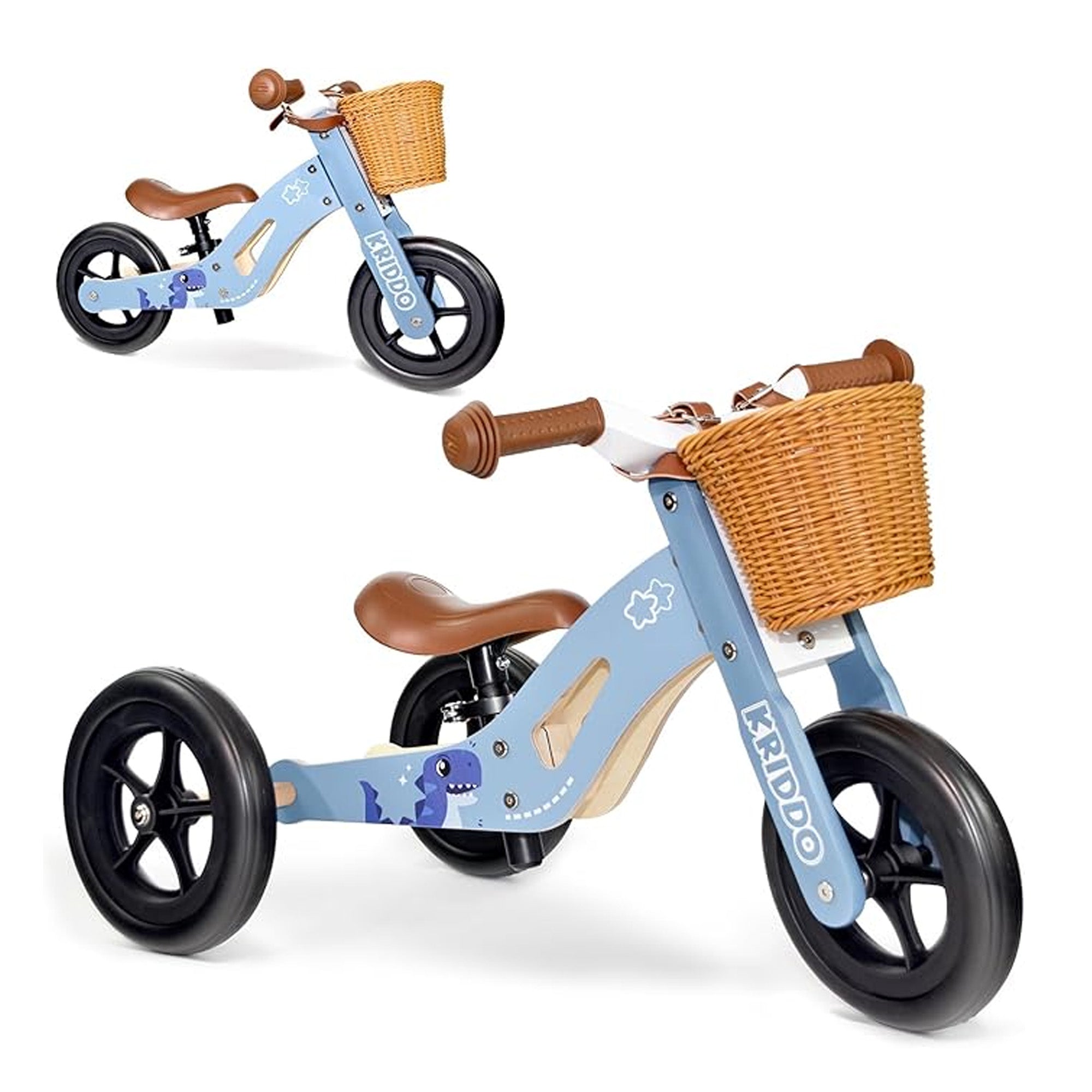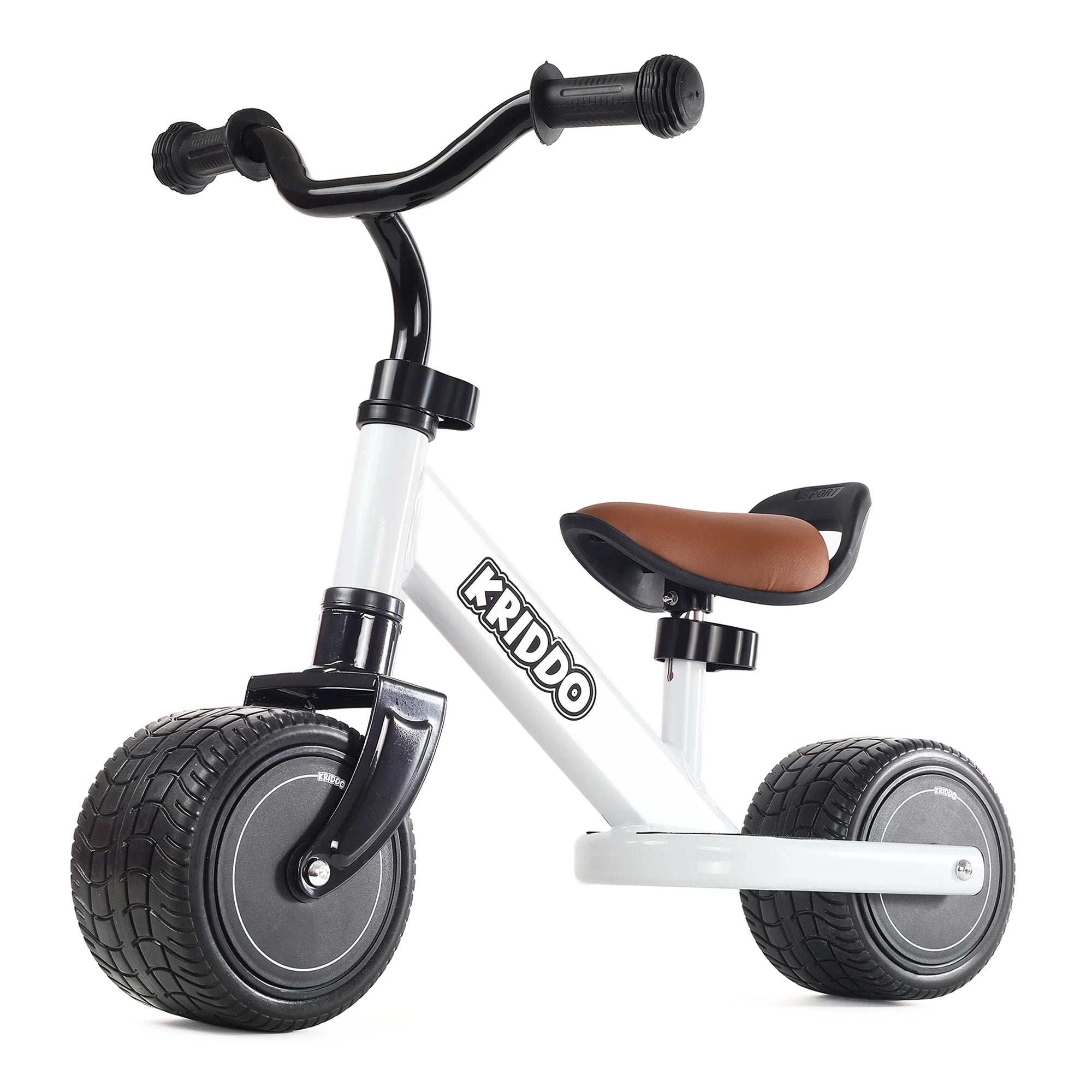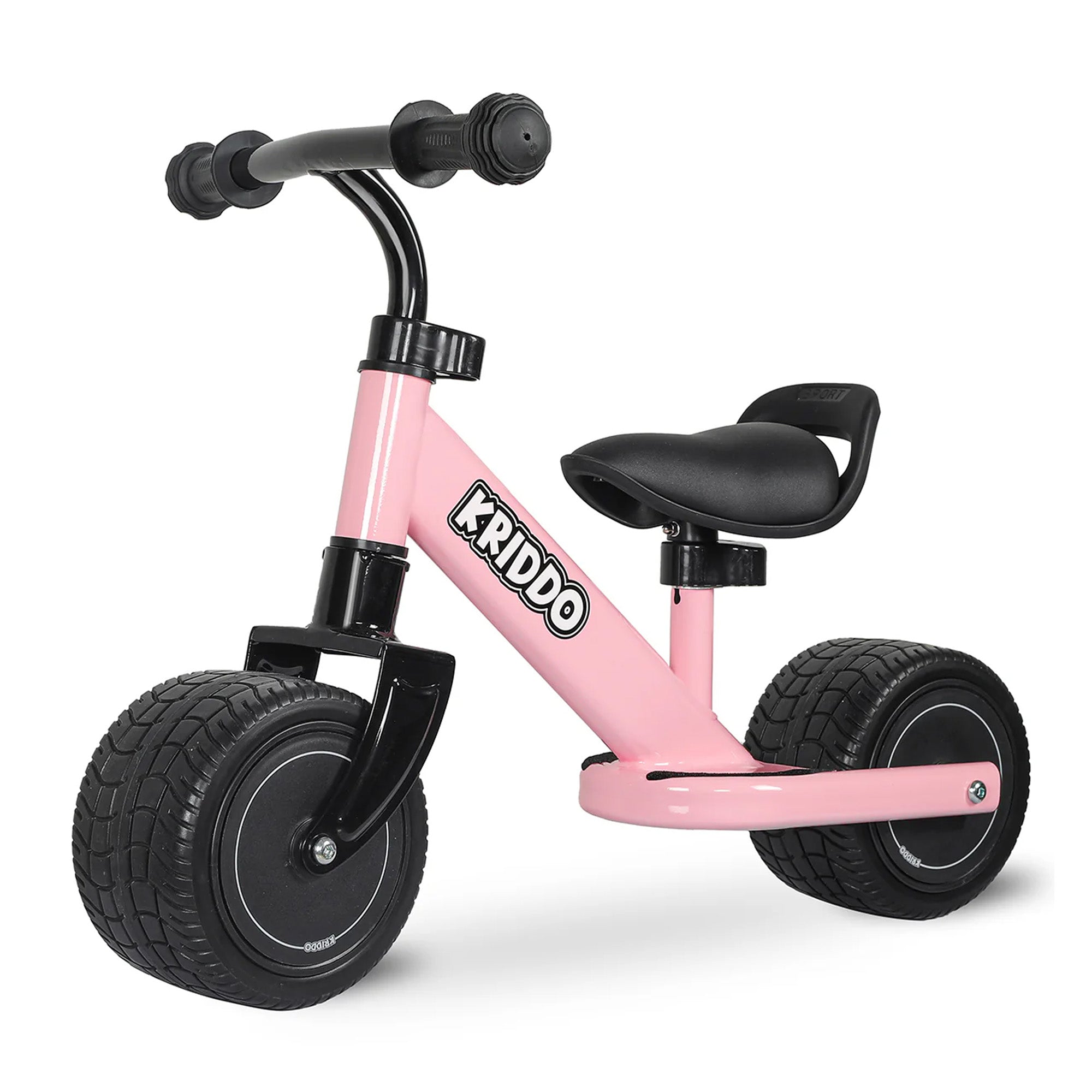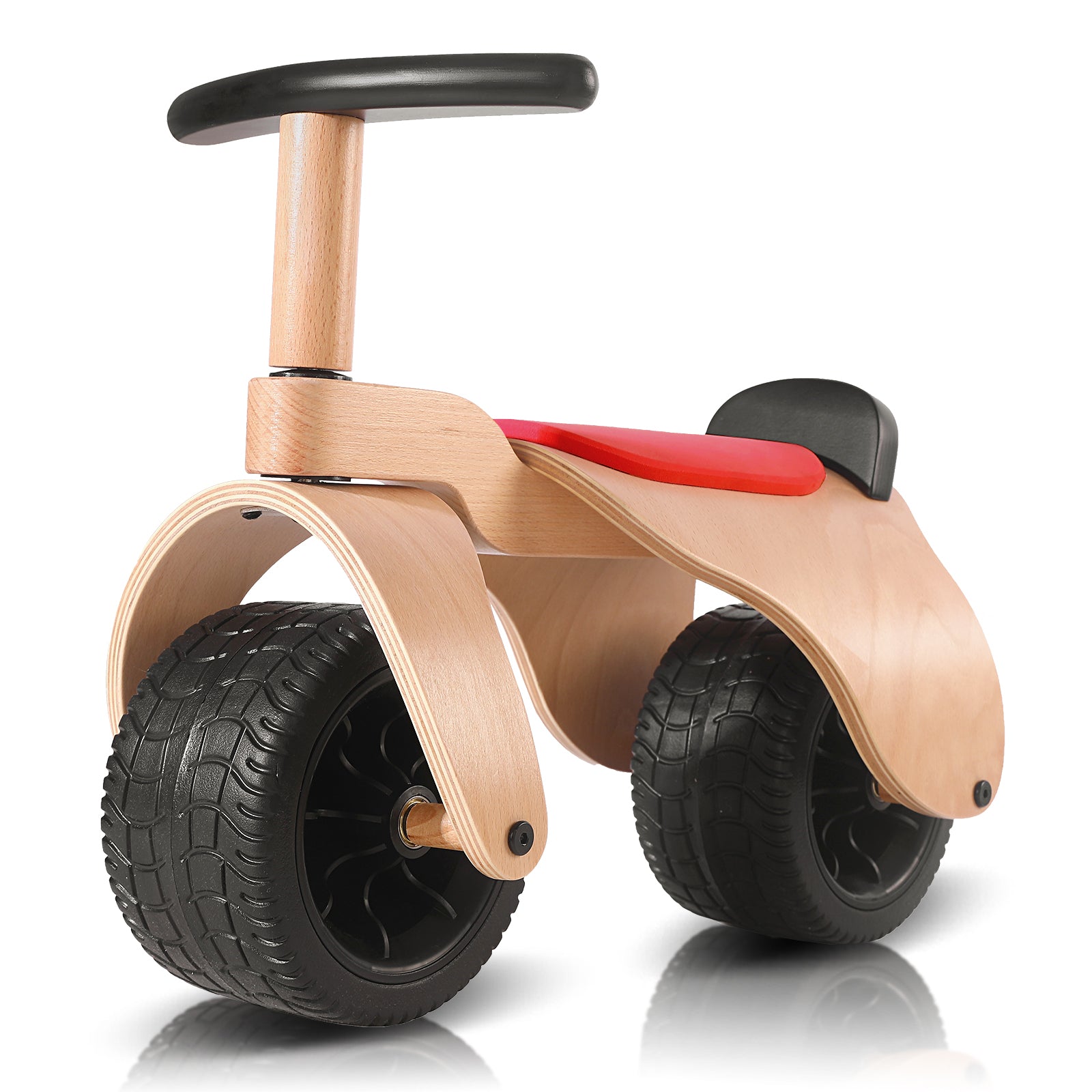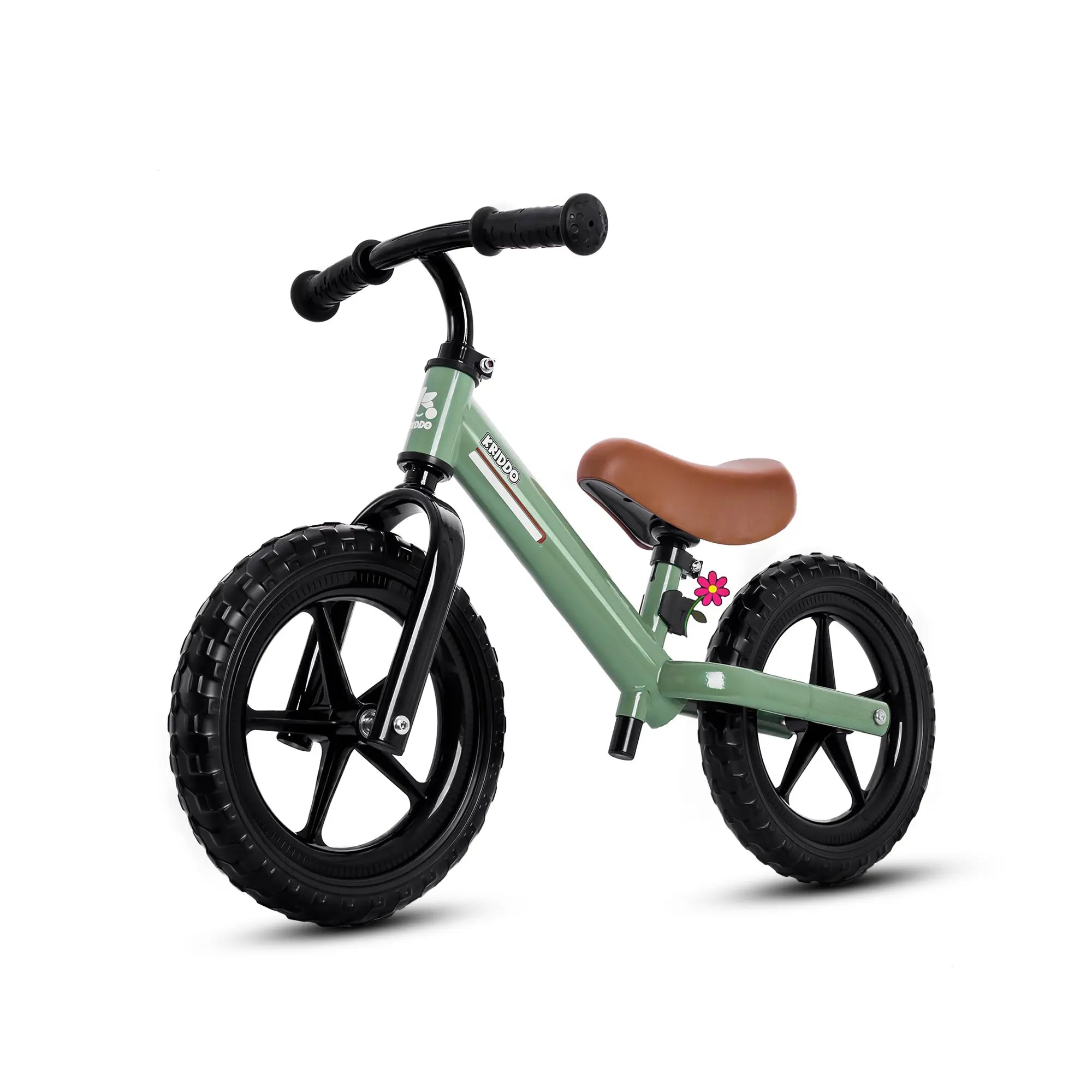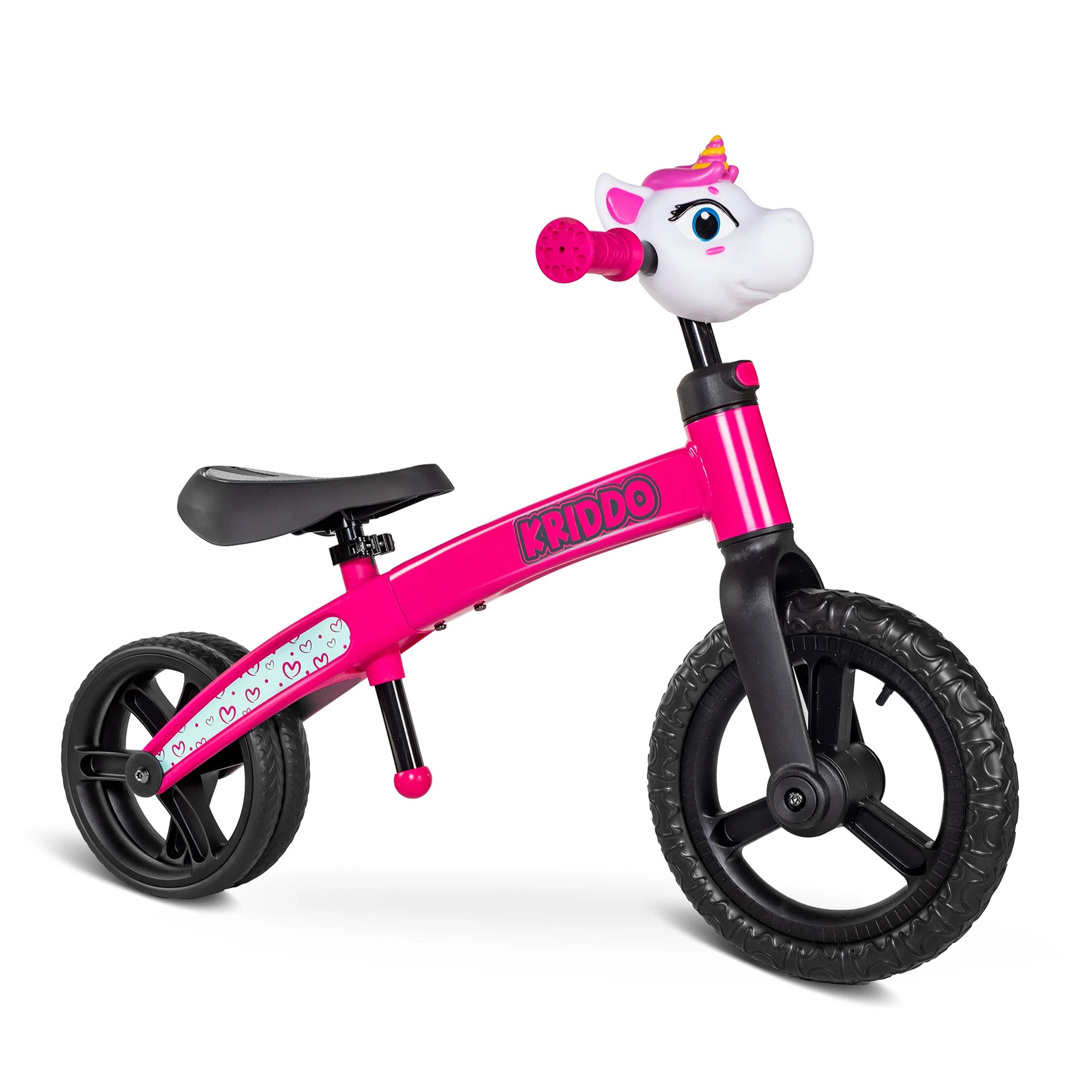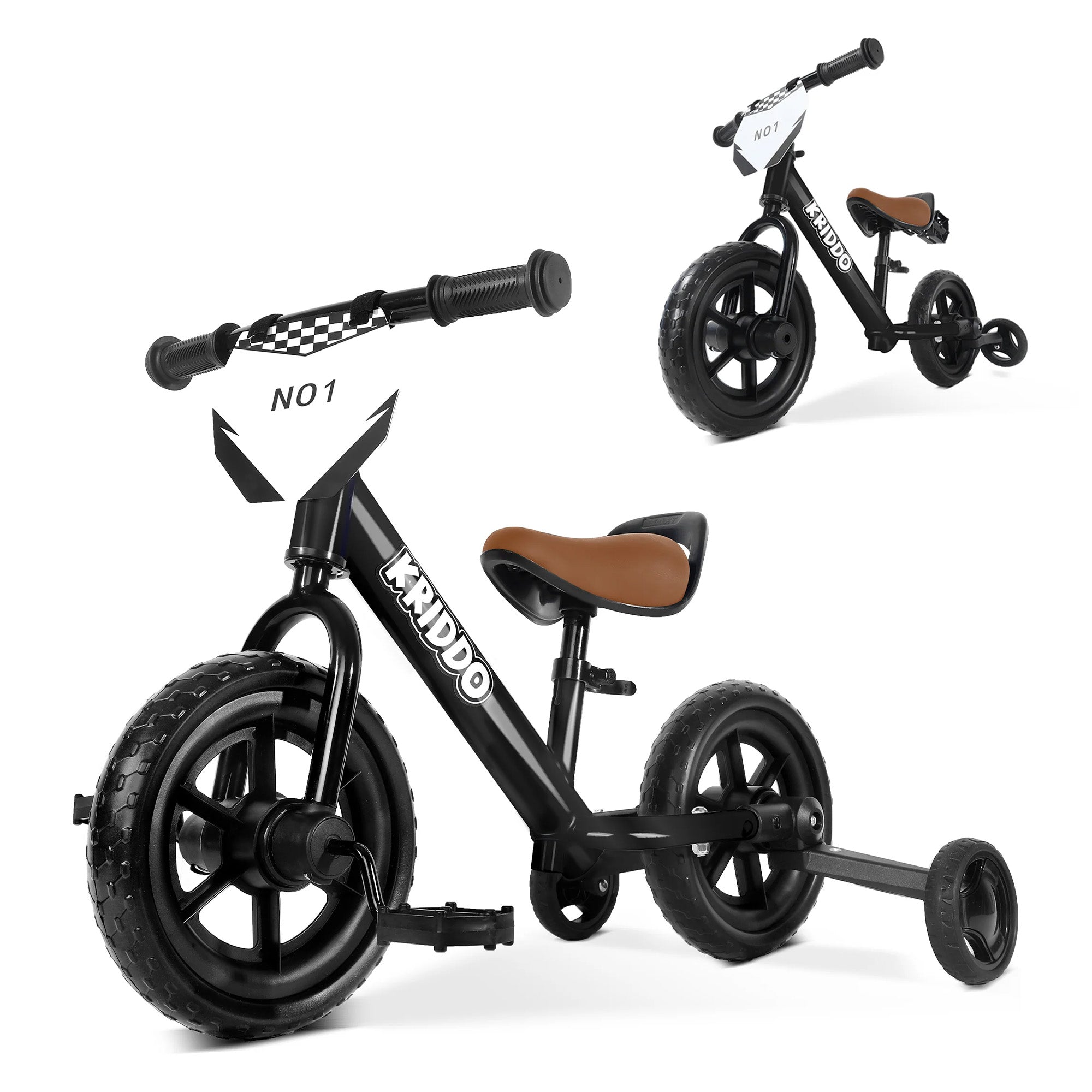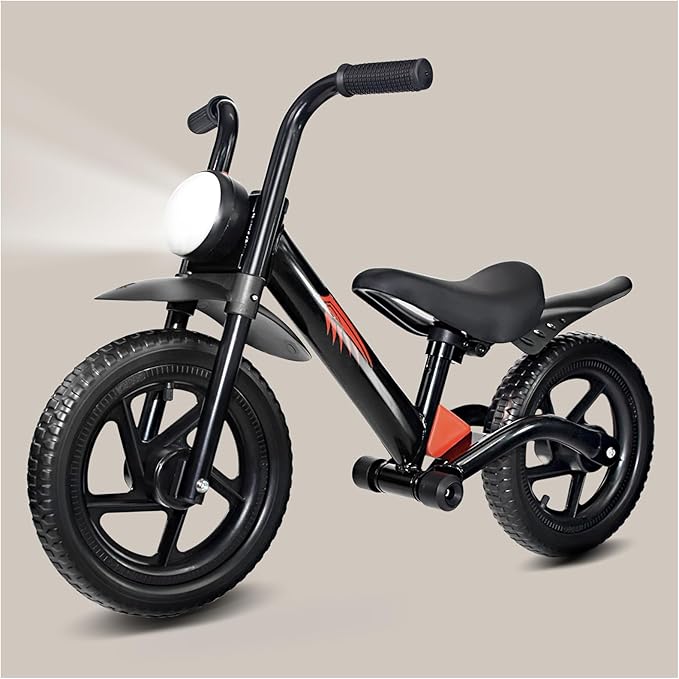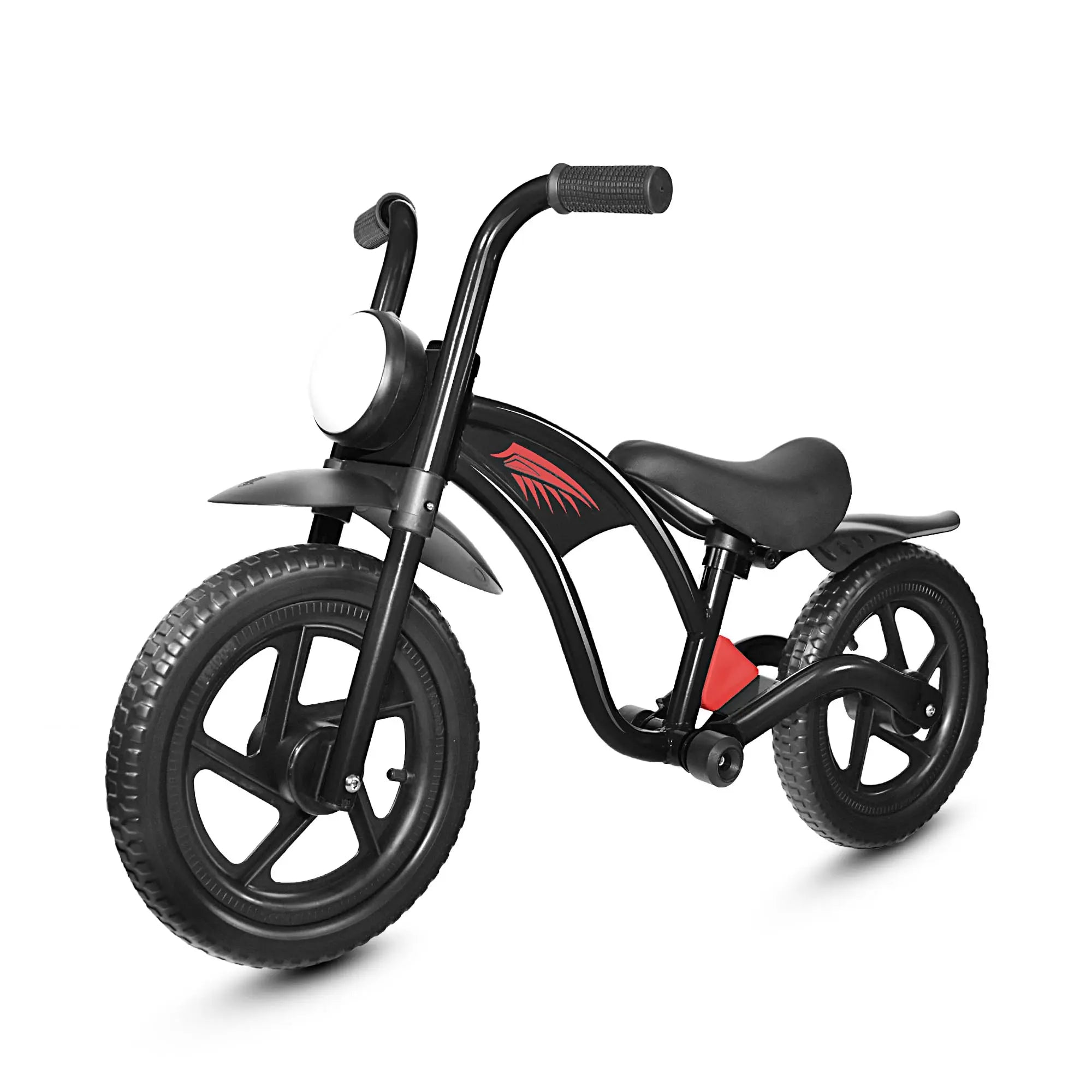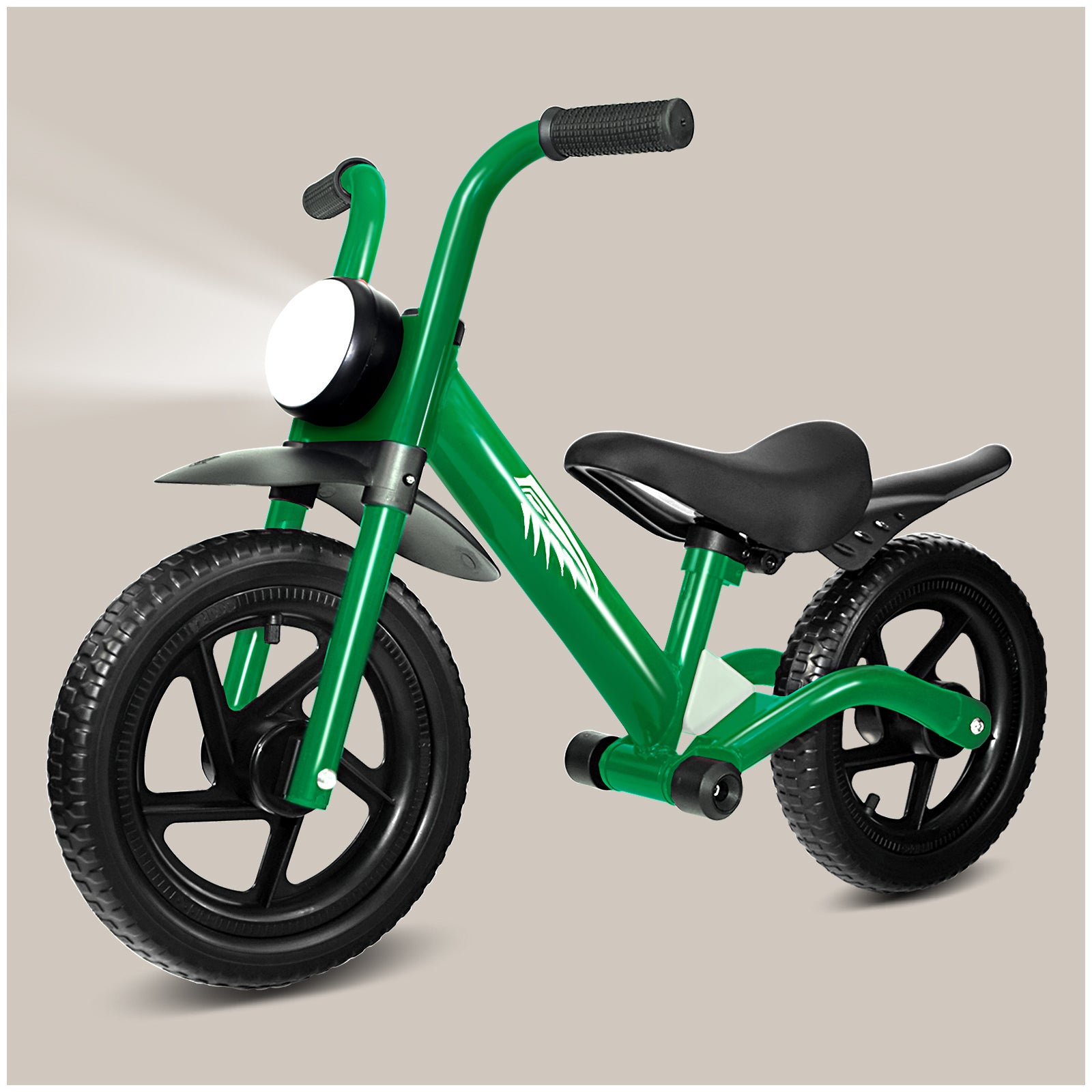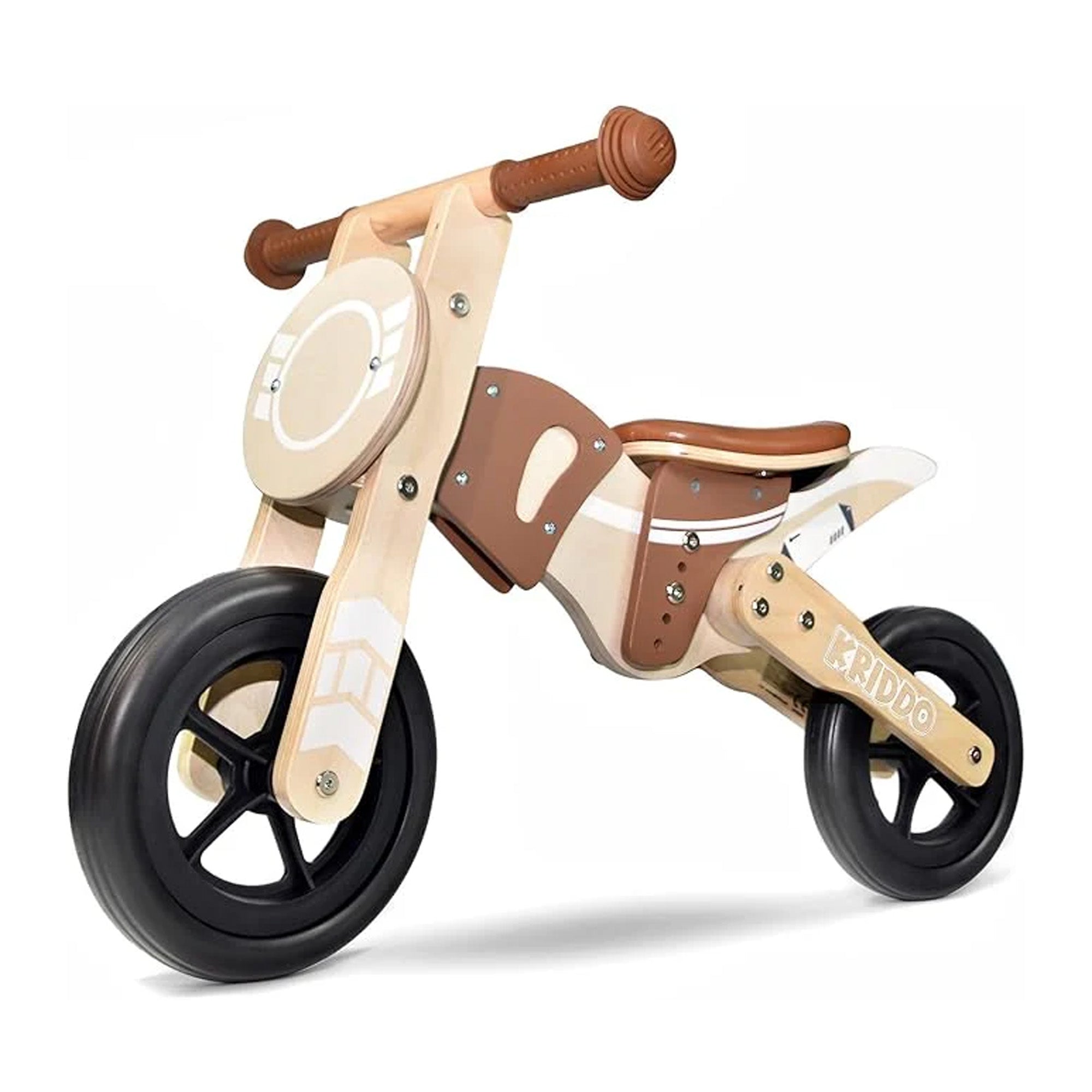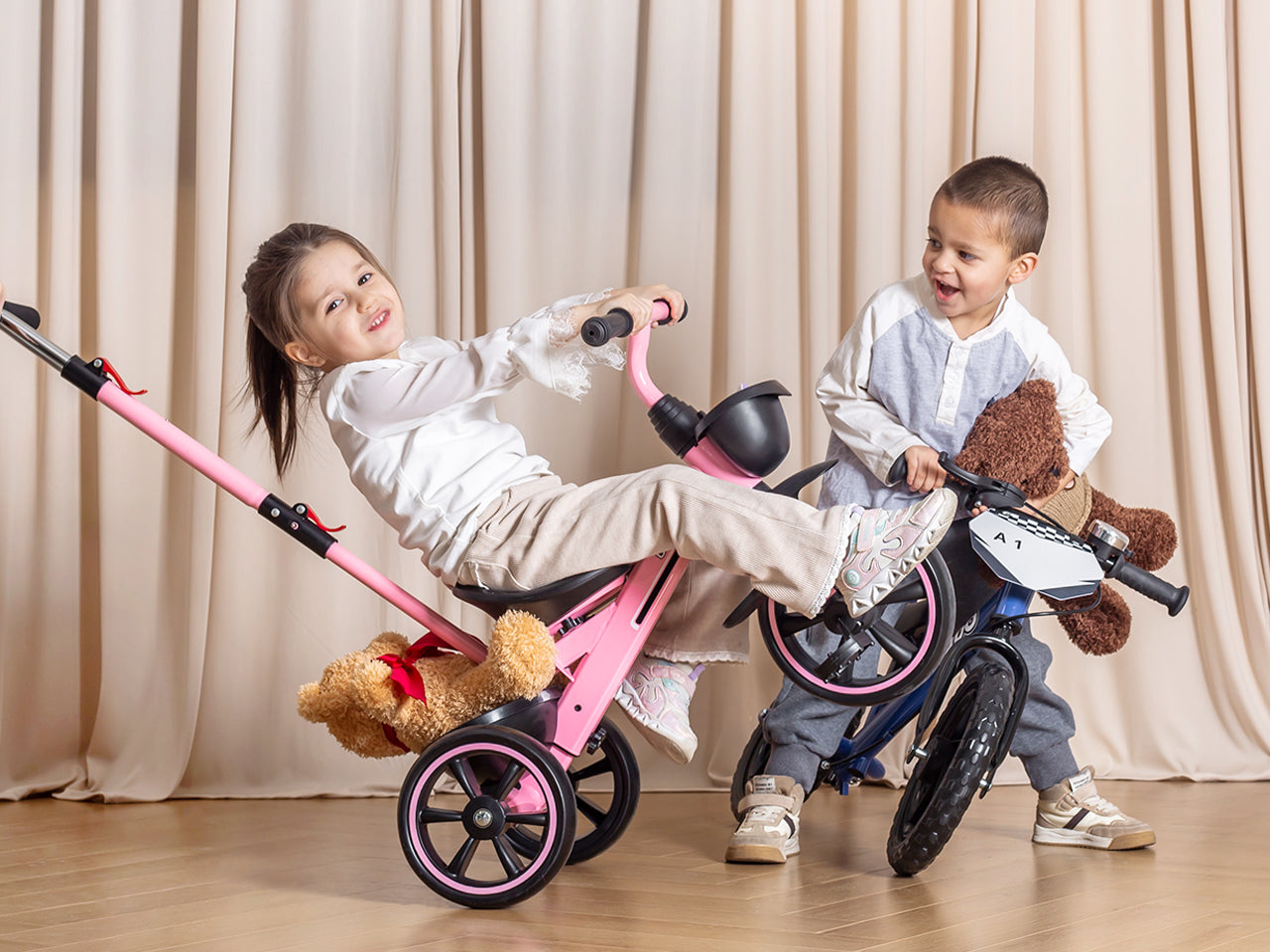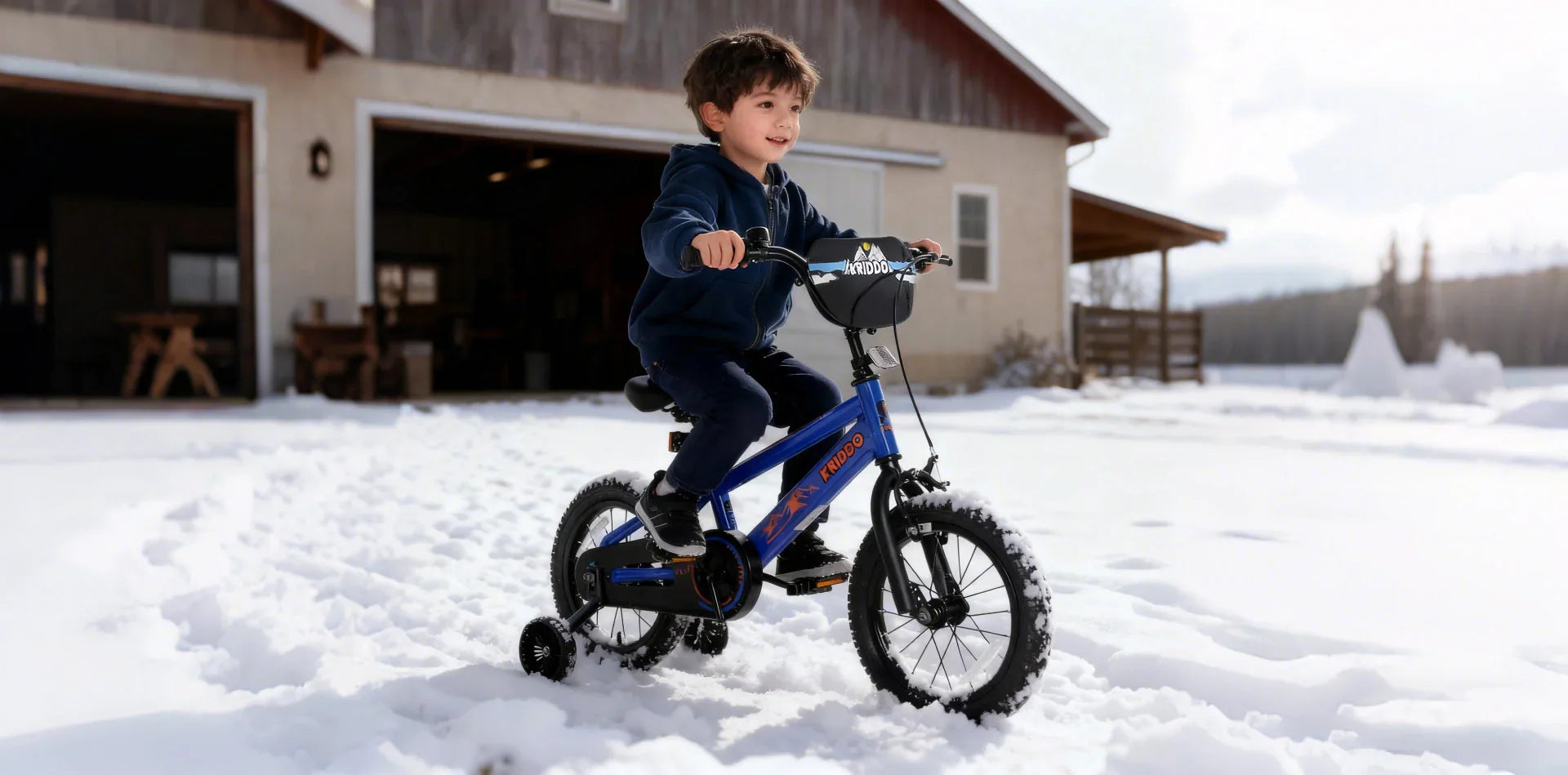Tricycles: A Timeless Ride Through History and Imagination
Coco | 30th, July
You remember your first ride, don’t you? Wobbly pedals, a determined face, maybe a parent’s guiding hand just out of frame. That tiny vehicle—more than just three wheels and some plastic—was your first taste of freedom. And guess what? That feeling hasn't changed much over the centuries. The humble humble kids tricycle carries with it a surprisingly rich history, layered with invention, culture, and even a dash of royal prestige.
So, where did it all begin?
A Royal Pedal Through Time

Before kids ever zipped down suburban sidewalks, the tricycle had a much different vibe—think old-timey Europe, clockmakers, and cranking gears by hand. The first known tricycle-like device dates all the way back to the 17th century. A German watchmaker named Stephan Farffler—who was disabled and couldn't walk—created a three-wheeled, hand-cranked vehicle. It wasn’t designed for fun or fashion. It was born from necessity.
Fast forward to 1797, and the French were already calling their pedal-powered designs “tricycles.” These weren’t toys. They were serious machines, custom-built and mostly unattainable for the average person. But then something shifted.
By the 1880s, tricycles became all the rage in Britain. Seriously, it was like the iPhone of personal transportation. Over 120 models from 20 different manufacturers flooded the market. And it wasn’t just for the gents. Women in long skirts found tricycles far more dignified (and practical) than the towering high-wheeled bicycles of the day. Even Queen Victoria herself owned a pair—yes, a royal endorsement.
The Shift to Childhood Joy
But how did this prestige product become a playground staple?
Let’s jump ahead to the early 20th century. In the United States, companies began mass-producing kids tricycles. Suddenly, what was once a sign of elite social status became a cherished part of growing up. These tricycles were sturdy, affordable, and just flashy enough to make a kid feel like a rock star.
By the 1930s and 40s, tricycles weren’t just toys—they were icons. If you had one, you weren’t just rolling. You were zooming. You were going places.
What Makes Kids Tricycles So Timeless?

Here’s the thing: technology has moved forward, sure. We’ve got electric scooters, balance bikes, hoverboards (kind of), but kids tricycles still hold their ground—and for good reason.
Let’s break down why they’ve stuck around:
1. Built-In Independence
A kids tricycle isn’t just a ride; it’s a rite of passage. Even at the youngest age, a trike says, “You’ve got this.” No training wheels, no wobbling—just three solid points of contact with the world. That sense of self-reliance? It’s priceless.
2. Muscles and Motor Skills
Yeah, tricycles are fun, but they’re also doing sneaky work on your kid’s physical development. Pedaling strengthens little legs. Steering improves coordination. And balancing—well, let’s just say it sets the stage for bigger bikes down the road.
3. Imagination on Wheels
Ask a kid what their tricycle really is, and you won’t hear “a tricycle.” You’ll get “a fire truck,” “a race car,” or “my delivery scooter.” That’s the beauty of it—three wheels and a frame become whatever their minds can dream up.
4. Social Playground Vibes
Head to any park, and you’ll see it: a bunch of kids circling each other on trikes, negotiating turns, sharing ramps, giggling at near-crashes. Tricycles are low-pressure vehicles that help kids bond without too many rules.
5. Modern Safety Meets Classic Fun
Today’s kids tricycles aren’t just made of metal and hope. We’ve got ergonomic seats, seatbelts, non-slip pedals, and even push handles for the grown-ups (shoutout to tired parents everywhere). Some models grow with your child—starting as a stroller, then morphing into a pedal-powered chariot.
Not Just for the Backyard: Global Trike Culture
Here’s something you might not know: in many parts of the world, adult tricycles still play a vital role in daily life.
Take East Africa, for example. In places like Kenya, trikes aren’t toys—they’re tools. Modified tricycles serve as taxis, delivery trucks, and even ambulances. In Southeast Asia, rickshaws—essentially human-powered tricycles—form the backbone of urban transport.
So while your little one is learning to ride in the driveway, someone across the world is making a living on three wheels. There’s something beautifully universal about that, right?
Okay, But What’s the Best Kids Tricycle?
Ah, the big question—and there’s no one-size-fits-all answer. It depends on your kid’s age, energy level, and whether you want something that grows with them or just gets them rolling right now.
Some popular choices include:
Final Thoughts: More Than Just a Toy
Honestly, when you think about the long journey tricycles have taken—from a German inventor’s clever workaround to your child’s favorite thing ever—it’s kind of amazing. These little machines are more than just a pastime. They’re freedom with training wheels, imagination in motion, and a connection to a legacy that spans centuries and continents.
So the next time you see your kid spinning circles in the driveway, grinning like they just won the Indy 500—take a second. That’s not just play. That’s history on three wheels.








